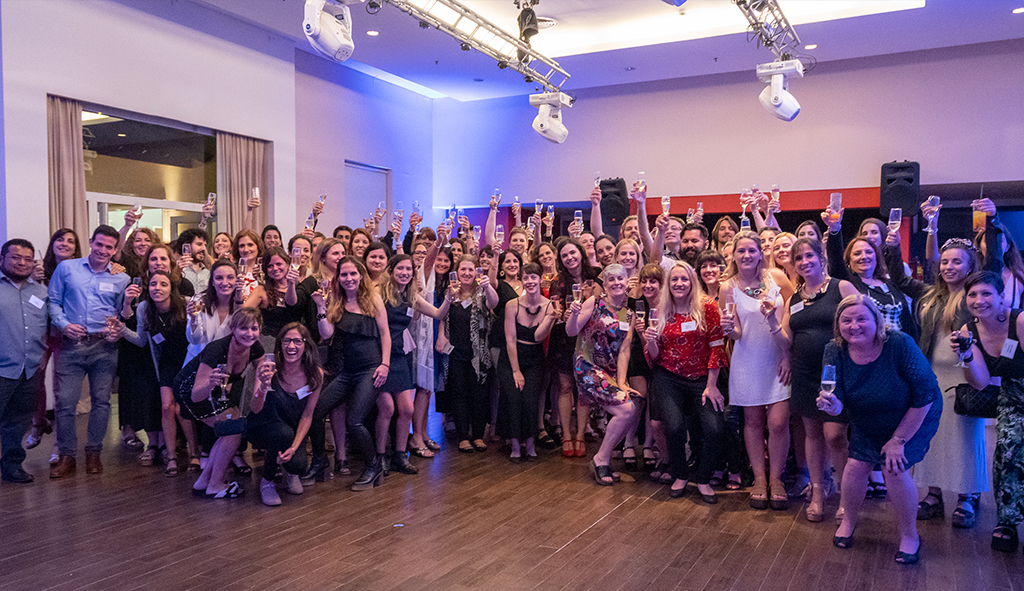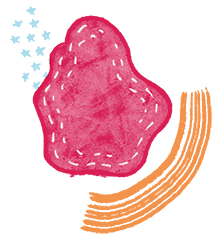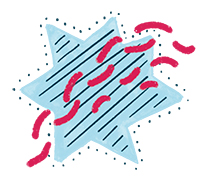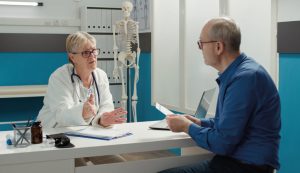If The Terra Times were in the press tonight, no doubt the front page would be devoted to the event we were all waiting for: Terra’s annual dinner. On Saturday, November 16, Terra Translations’ in-house team and vendors gathered in the Robles Hall of the Howard Johnson Resort in Pilar, Buenos Aires. A beautiful spring evening was the setting for surprises, emotion, camaraderie… and even dancing.
After an exciting afternoon engaged in team building activities, Terra team members welcomed vendors at the reception. Attendees chatted face-to-face with long-time colleagues as well as met new ones.
As Terra operates under a virtual model, having the chance to meet in person is crucial for the team. Andrea Bianchimano, an experienced translator who has been working with Terra for so many years that she can’t remember when she started, never misses a dinner.
“Because of the nature of our jobs, we are always on one side of the computer,” explained Andrea. “So it’s very important to meet face-to-face.”
Why we talk about family and friendship
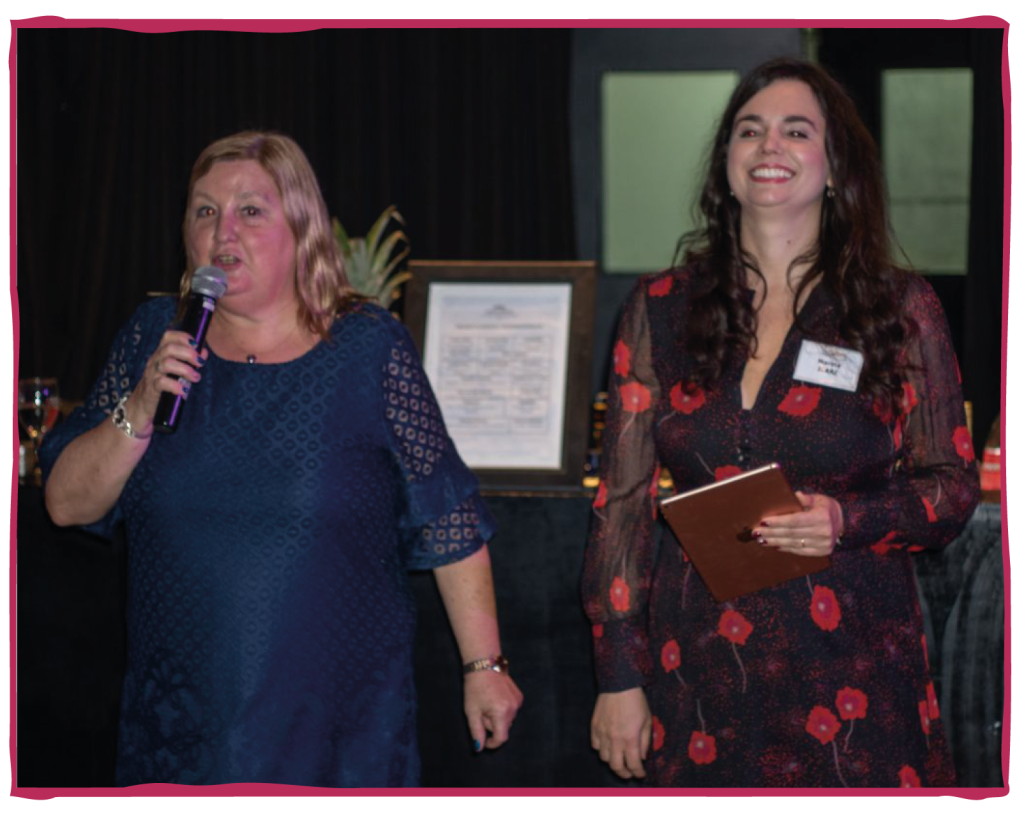
After the reception, during which welcome presents were given, Marina Ilari, Terra’s CEO, and Beatriz Cirera, Terra’s Executive Advisor, shared a few words with the attendees. Marina recounted how Terra started as a small family business. She graciously thanked the whole team for their hard work and commitment to the company’s development. Additionally, Beatriz encouraged the attendees to never give up and keep pursuing the goals they established for themselves and for the team.
Although the business has grown, it’s not unusual to use the word “family” when talking about Terra. For example, Andrea says she likes collaborating with the company because, for her, “it’s a big family.” She had the opportunity to develop relationships and friendships.
Finally, Marina and Beatriz surprised three important team members, who believed and trusted in Terra from the very beginning: Project Manager Silvia Inés Malpassi, Linguistic Lead Paula Morguen and Global Recruiter Natalia Atab. They received lovely bouquets in appreciation of their continued support and magnificent work all these years.
Speaking of commitment
Afterwards, guests enjoyed dinner and dancing. Some attendees chatted and others chose to dance and sing together. “When you work with someone and you don’t know them personally, I think there is a different energy,” said Emily Miller, before the dancing began. She is a Spanish into English translator that has been collaborating with Terra since 2014 and really enjoys attending the annual event. For her, having the chance to see the people she works with makes a huge difference. It’s key to establishing better communication and to building stronger relationships between vendors and PMs, or even among vendors, she explained.

Emily remarked that, for her, meeting face-to-face also contributes to her commitment with the company, so such opportunities are valuable. She added that working with a women-owned business means a lot to her, as it’s a way of supporting fellow females in the industry.
Midnight as conclusion
After all the drinks, chats, laughs and tears were shared, the stroke of midnight brought closure to the event. The whole team said “cheers” and hoped for an even better year to come, full of teamwork, new challenges and accomplished goals.
Take a look at our photo album from the event here!
